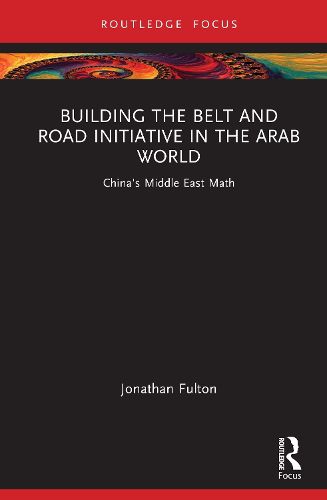Readings Newsletter
Become a Readings Member to make your shopping experience even easier.
Sign in or sign up for free!
You’re not far away from qualifying for FREE standard shipping within Australia
You’ve qualified for FREE standard shipping within Australia
The cart is loading…






This book analyses the expansion of Chinese power and influence in the Middle East and North Africa (MENA) through Belt and Road Initiative (BRI) projects undertaken in the "1+ 2+ 3 cooperation pattern." Under this framework, 1 represents energy, 2 represents infrastructure and trade and investment, and 3 represents nuclear energy, space satellites, and renewable energy. Taken together these elements indicate the trajectory of China's MENA presence, and by examining each element in different states across the region, this book provides empirical evidence of which states or subregions are most important for Beijing's regional ambitions, as well as a better understanding of which sectors are being developed. The book will draw substantial interest from a wide range of readers including academics in the field of Chinese foreign policy, international relations, international political economy, foreign policy analysis, and area studies. Professionals in the corporate world will also be engaged and governmental practitioners and non-government agencies will also find it an important resource.
$9.00 standard shipping within Australia
FREE standard shipping within Australia for orders over $100.00
Express & International shipping calculated at checkout
This book analyses the expansion of Chinese power and influence in the Middle East and North Africa (MENA) through Belt and Road Initiative (BRI) projects undertaken in the "1+ 2+ 3 cooperation pattern." Under this framework, 1 represents energy, 2 represents infrastructure and trade and investment, and 3 represents nuclear energy, space satellites, and renewable energy. Taken together these elements indicate the trajectory of China's MENA presence, and by examining each element in different states across the region, this book provides empirical evidence of which states or subregions are most important for Beijing's regional ambitions, as well as a better understanding of which sectors are being developed. The book will draw substantial interest from a wide range of readers including academics in the field of Chinese foreign policy, international relations, international political economy, foreign policy analysis, and area studies. Professionals in the corporate world will also be engaged and governmental practitioners and non-government agencies will also find it an important resource.